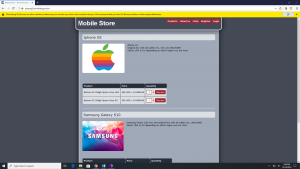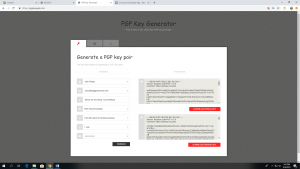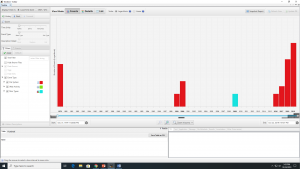 Computer Investigations
Computer Investigations
Computer Investigations entails the examination of online and computer related crimes using computer tools, programming, and open source information.
Terms 
Computer Forensics: the application of investigation and analysis techniques to gather and preserve evidence from a particular computing device in a way that is suitable for presentation in a court of law.
Cryptography: a method of protecting information and communications through the use of codes so that only those for whom the information is intended can read and process it.
Encryption: the process of encoding a message or information in such a way that only authorized parties can access it and those who are not authorized cannot.
Stenography: the practice of concealing messages or information within other non-secret text or data.
Exif, or Exchangeable image file format, is a standard that specifies the formats for images, sound, and ancillary tags used by digital cameras, scanners and other systems handling image and sound files recorded by digital cameras.
Tools 
Autopsy, the computer application, is a digital forensics platform and graphical interface to The Sleuth Kit® and other digital forensics tools. It is used by law enforcement, military, and corporate examiners to investigate what happened on a computer. You can even use it to recover photos from your camera’s memory card.
Tor is a free and open-source software for enabling anonymous communication. Tor makes it more difficult to trace Internet activity to the user, making it useful for both cyber-criminals as well as cyber-crime investigators.
Manytools/steganography is a website that allows people to both encode images with a message or even another image, as well as decode images as well.


